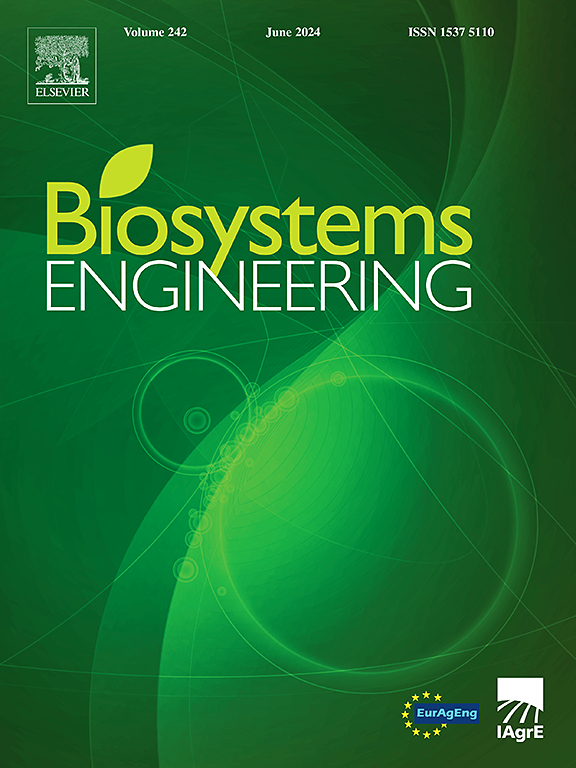工程车辆侧翻防护结构的动态仿真方法及人身伤害评估
IF 5.3
1区 农林科学
Q1 AGRICULTURAL ENGINEERING
引用次数: 0
摘要
由于工程车辆的高重心和复杂的工作环境,使其避免侧翻事故成为一项挑战。减少侧翻事故对驾驶员的伤害一直是工程车辆设计的重点。提出了一种以人身伤害为评价指标的工程车辆侧翻防护结构(ROPS)性能的动态仿真方法。建立了人-车-地系统的虚拟样机模型,并进行了动态仿真,研究了车辆侧翻过程中ROPS的变形和乘员受伤程度。通过轮式装载机缩小模型和标准试验假人的实验和仿真,验证了该方法的可行性和有效性。采用该方法研究了装载机侧翻事故中车辆整体运动、ROPS变形的变化,以及对乘员身体各部位的伤害概率。该方法可为ROPS系统的设计和改进提供有价值的指导。本文章由计算机程序翻译,如有差异,请以英文原文为准。
Dynamic simulation method for rollover protective structures in engineering vehicles and human injury assessment
Due to the high centre of gravity and complex working environments of engineering vehicles, it is challenging to avoid rollover accidents. Reducing driver injuries caused by rollover accidents remains a focus of engineering vehicle design. This paper proposes a dynamic simulation method for evaluating the performance of rollover protection structures (ROPS) in engineering vehicles and incorporating human injury as an evaluation indicator. A virtual prototype model of a human–vehicle–ground system was established and dynamic simulations used to examine the deformation of ROPS and the degree of occupant injury during rollover events. The feasibility and effectiveness of the proposed method were confirmed through experiments and simulations that included a scaled-down model of a wheel loader and a standard test dummy. This method was used to investigate the changes in overall vehicle motion, ROPS deformation, and the probability of injury to various body parts of a human occupant during rollover accidents involving loaders equipped with ROPS with different lateral stiffness coefficients. The method proposed in this study could provide valuable guidance for the design and improvement of ROPS systems.
求助全文
通过发布文献求助,成功后即可免费获取论文全文。
去求助
来源期刊

Biosystems Engineering
农林科学-农业工程
CiteScore
10.60
自引率
7.80%
发文量
239
审稿时长
53 days
期刊介绍:
Biosystems Engineering publishes research in engineering and the physical sciences that represent advances in understanding or modelling of the performance of biological systems for sustainable developments in land use and the environment, agriculture and amenity, bioproduction processes and the food chain. The subject matter of the journal reflects the wide range and interdisciplinary nature of research in engineering for biological systems.
 求助内容:
求助内容: 应助结果提醒方式:
应助结果提醒方式:


